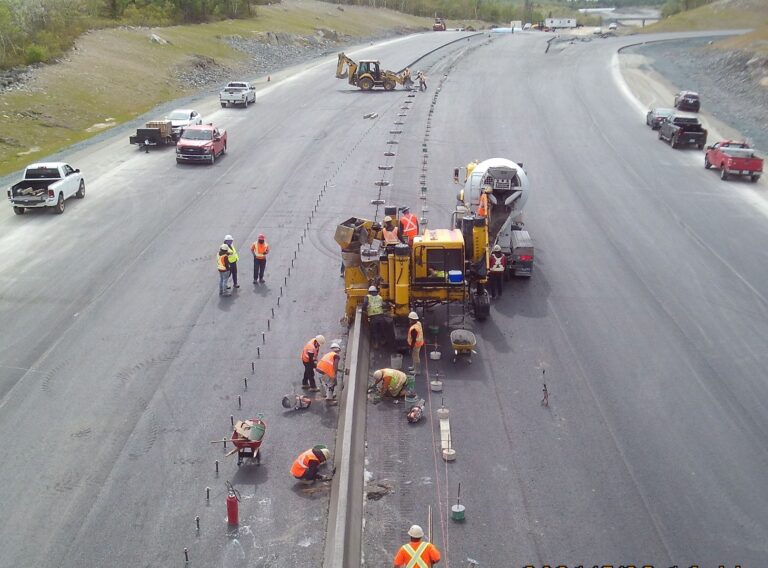A new government study identifies the improvements needed to Alberta’s existing High Load Corridor over the next two decades to give industry a more efficient way to move large loads, like construction and oil rig equipment.
The High Load Corridor is a series of designated routes connecting areas across the province that can accommodate loads of up to 12.8 metres (42 feet) in height.
An enhanced High Load Corridor will mean improved infrastructure required for large loads, such as the 820-tonne petrochemical piece of equipment that is being moved from Edmonton to the Industrial Heartland Jan. 6-9.
“A strong transportation network and an effective High Load Corridor are critical to Alberta’s economic, social and environmental strength and diversity. I’m confident this strategy will help pave the way for long-term, sustainable economic growth and jobs in Alberta. Now, more than ever, this is critical for our province,” said Brian Mason, Minister of Transportation.
Upgrading the corridor will also reduce transportation costs for shippers, improve safety and lower emissions. Proposed improvements include bridge strengthening, pavement widening, staging and rest areas, and other work that would significantly improve Alberta’s overall transportation network.
The Vinca Bridge, the recently announced projects on Highway 40, and the interchange at Highway 43X are all critical parts of Alberta’s High Load Corridor. Budget 2018 includes roughly $255 million for upgrades to the existing corridor, including the Vinca Bridge.
The High Load Corridor study recommends about $1.6 billion of investment in the corridor over two decades. Proposed enhancements could expand the corridor from the current 6,500 kilometres to nearly 10,000 kilometres.











